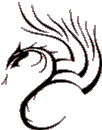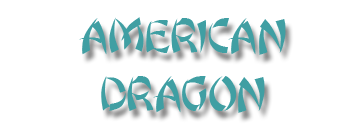Lymphedema (also spelled Lymphoedema), is a swelling of the subcutaneous tissues by accumulation of lymph fluid. The disorder has become a common medical concern as the result of modern treatments for breast cancer: mainly surgery, but also radiation therapy. In many cases of breast cancer, it is standard practice to remove tissues beyond the main tumor mass. In addition to taking some surrounding breast tissue (or all, in the case of mastectomy), several or all of the adjacent lymph nodes in the arm pit are excised. Lymph node removal is undertaken mainly as a means of excising more of the cancer cells when the nodes have been invaded or are suspected to be involved. Sometimes, limited lymph node removal is carried out as a means of determining the extent of the spread of the breast cancer (the still-experimental procedure is called sentinel node biopsy). The node removal (or damage, in the case of radiation therapy affecting the nodes) reduces the efficacy of lymph movement; lymphedema can result. Rates of occurrence of lymphedema secondary to breast cancer treatment are reported to be on the order of 9% to 20%. The risk is higher for more advanced cancers requiring more extensive surgery and/or radiation.
Lymphedema can also occur as the result of injuries as well as from any disease process that damages or obstructs the lymph nodes (e.g., lymphedema has been noted in rare cases with sarcoidosis and Kaposi's sarcoma). In addition, lymphedema of the legs occurs in elderly persons suffering from chronic venous insufficiency, since the pumping of blood through the veins contributes to the movement of lymph. Lymphedema is more common in women than in men, and leg edema is more common with aging.
The main symptom of lymphedema is the evident swelling, with only slight pitting, which can increase the volume of the affected limb by up to 50% for the arms; up to about 25% for the legs. Other symptoms, especially in the more severely edematous cases, may include pain, tightness, tension, heaviness of the limb, hardness of the tissues, stiffness of the affected limb, and, in persistent cases, there can be ulceration due to the impaired circulation.
Lymphedema is usually treated by a combination of non-invasive physical methods. These include manual lymph drainage (in essence, massaging the fluid out of the arms), compressive bandaging (preventing accumulation of fluid by restricting arm volume), and physical exercises (that promote lymph drainage). These methods not only can greatly reduce lymphedema, but, in many cases, the results are lasting (at least, until local trauma or other inducing event triggers another bout of swelling). Chinese medicine has some history of treating conditions that are similar to, or may be, lymphedema. Lymph nodes were indirectly recognized, even in ancient times, as areas that easily become lumpy, but lymph was not known in the same sense that it is recognized in modern medicine. The condition of lymphedema fits the traditional category of phlegm-damp accumulation. The fluid swelling would, by itself, lead one to classify the disease as a dampness accumulation (corresponding directly to the Western term edema). The phlegm aspect of the condition is related to the thickness of the fluids involved. As we know from modern research, lymph is a somewhat milky fluid that replenishes the blood with chyle (emulsified fat), erythrocytes (red blood cells), and leukocytes (white blood cells); it also carries protein debris. A more watery accumulation based on a less-dense fluid, as occurs in cases of pitting edema, would be considered a moisture accumulation but not a phlegm-damp accumulation.
(The above information comes from Subhuti Dharmananda)

